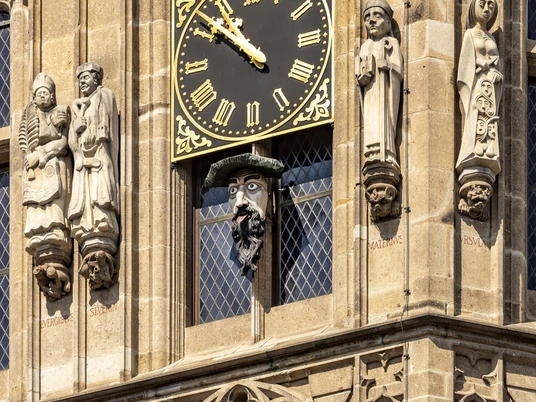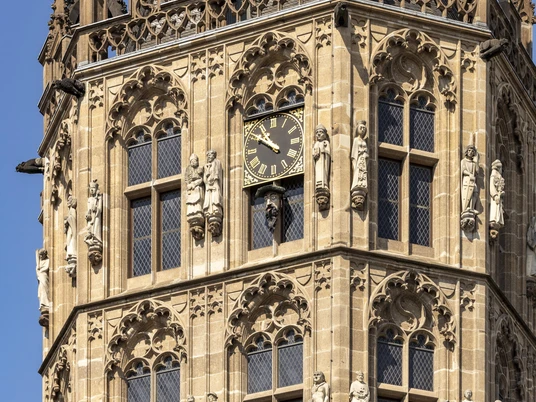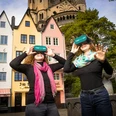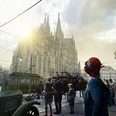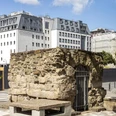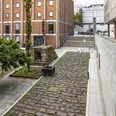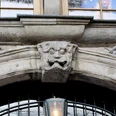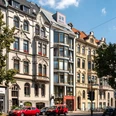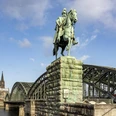There are several tales surrounding the Platzjabbeck, but unfortunately, none are 100% verified due to a lack of historical evidence. However, its positioning high up on the tower, centrally under the clock, presents power—and at the time, that was held by the Cologne Gaffel...
Clear Message to the Patricians—a Settlement Attempt
Cologne, Anno Domini 1396. The 22 Cologne Gaffel — medieval associations of craft guilds and fraternities — took over political power in Cologne, replacing the patricians—and thus the principle of governance by a wealthy minority. The installation of the Platzjabbeck in 1445 and the fact that the city council paid for the wooden sculpture suggest a connection and a mockery of the patricians. At that time, however, the Platzjabbeck did not have the tongue mechanism but merely an open mouth according to the principle: Speak up, fight back, or else you'll change nothing. An interpretation that is similarly attributed to another famous Cologne sculpture: the Kallendresser.In a similar vein is the oft-cited legend about Charlemagne connected to the Platzjabbeck, where he asked his three sons to open their mouths to place a piece of apple in each one's mouth—as a symbolic division of his empire.
Excursion: the Last Surviving Bond Letter from 1396 in Cologne
The power shift in Cologne around 1396 marked a significant change in the city, sealed by a bond letter that remained in force for around 400 years, preventing only a few families from holding power and enabling broader population participation. Once, there were 23 versions of the bond letter—one for each of the 22 guilds and one for the council. Nine have survived the more than 600 years until the fateful day in 2009 when the Cologne City Archive collapsed, where four copies were housed. One last intact Cologne copy of the significant bond letter still exists: you can view it in the Cologne City Museum.The other four are located in the North Rhine-Westphalian Main State Archive in Düsseldorf, the General State Archive in Brussels, the École Nationale des Chartes in Paris, and the British Library in London.
Good to know
Eligibility
Suitable for any weather
for Groups
for Class
for families
for individual guests
for Children of all Ages
Payment methods
Directions & Parking facilities
Our recommendations
Nearby
